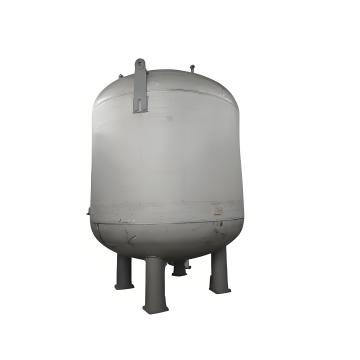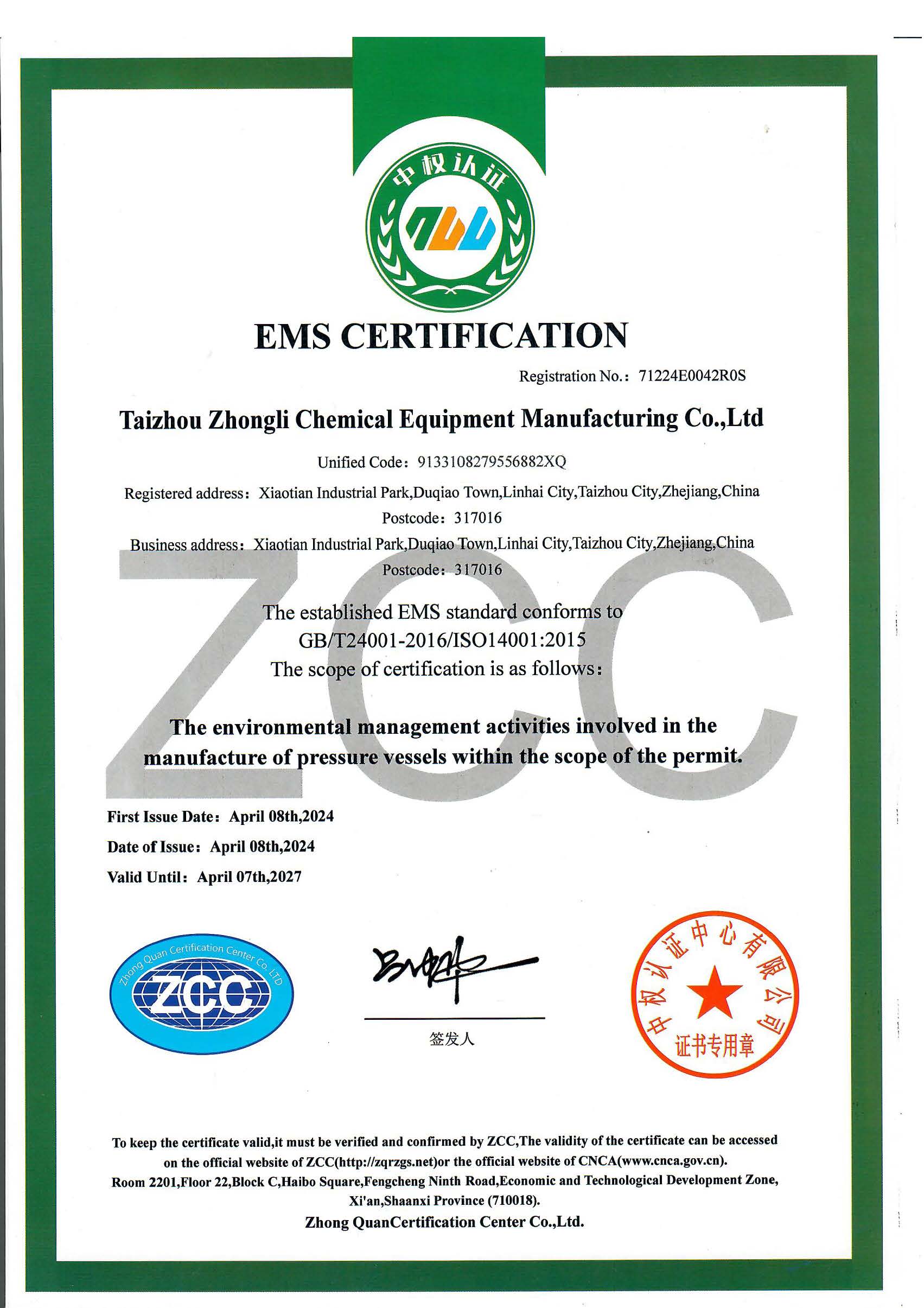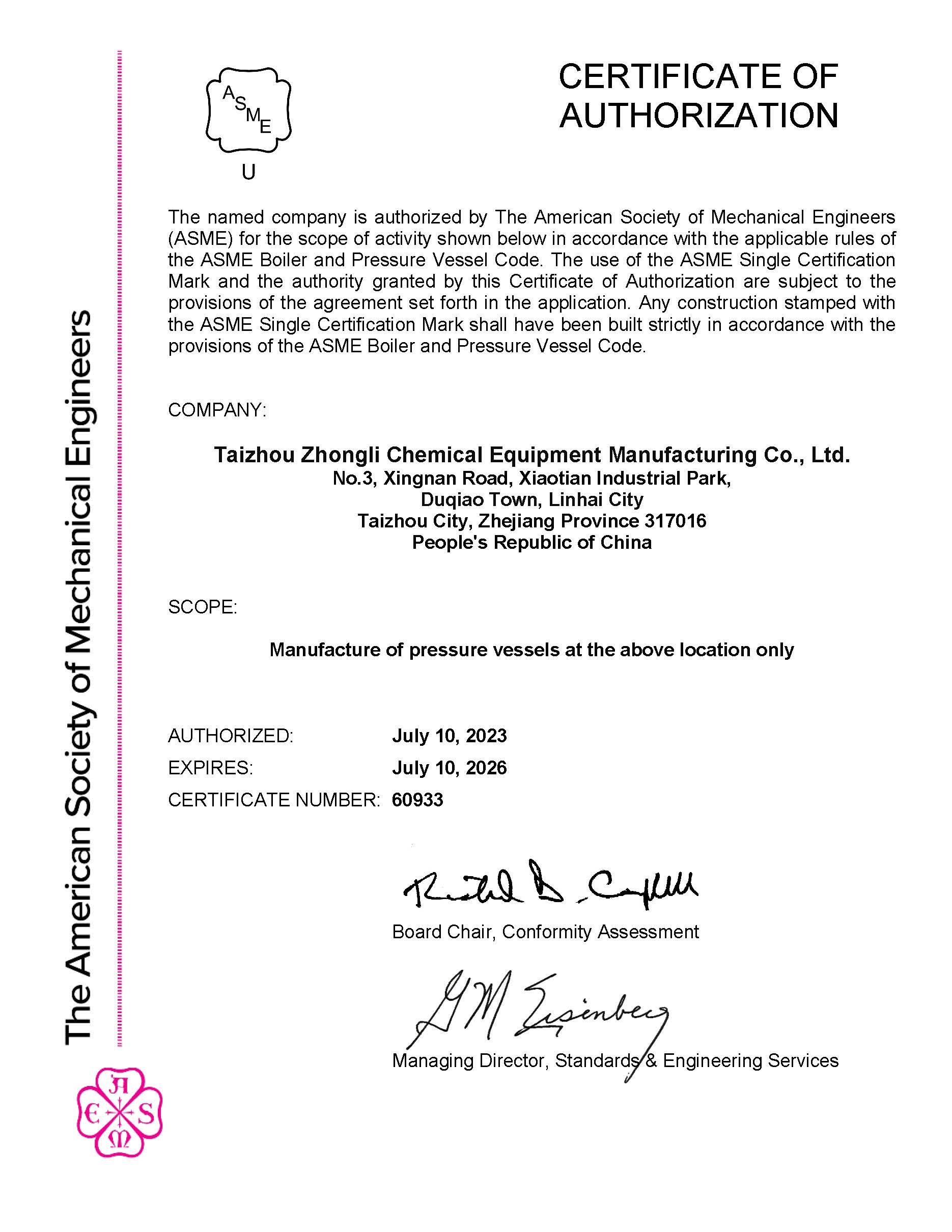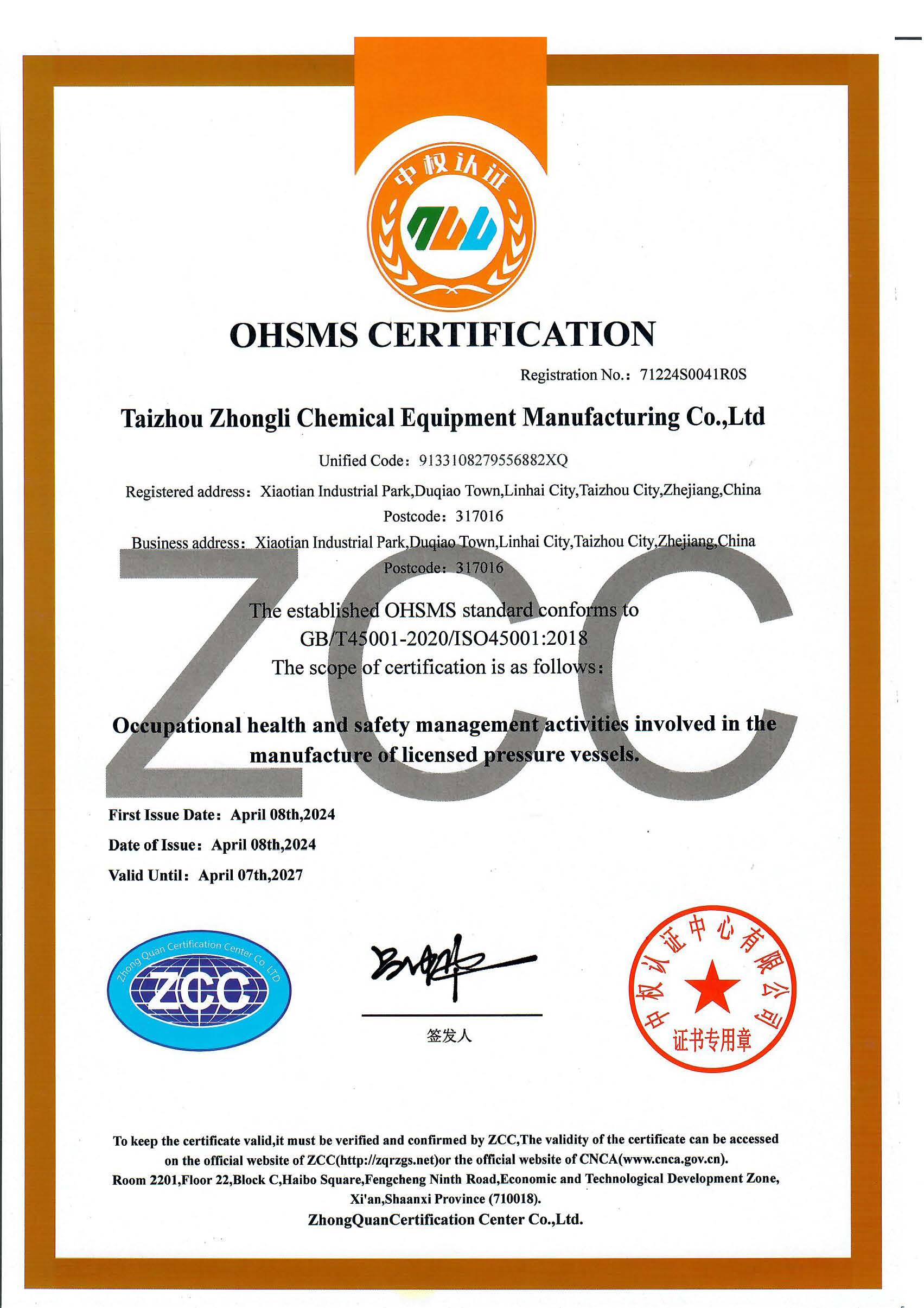

Storage tanks are essential pieces of equipment in numerous industries, serving as critical components for holding and preserving a wide range of liquids and gases. These vessels are designed to ensure the safe, efficient, and controlled storage of materials, from petroleum products and chemicals to water and food items.
Made from various materials such as steel, fiberglass, and plastic, storage tanks are tailored to meet the specific needs of their applications. Steel tanks, often coated with corrosion-resistant linings, are robust and durable, making them ideal for storing harsh chemicals and fuels. Fiberglass tanks, on the other hand, offer lightweight alternatives with high corrosion resistance, particularly suited for applications involving acids and other aggressive chemicals. Plastic tanks are cost-effective and versatile, suitable for a range of non-hazardous materials including water and food-grade liquids.
Storage tanks come in various sizes and shapes, from small, portable units to large, stationary structures capable of holding millions of gallons. Their design often incorporates features such as insulation, pressure relief valves, and level indicators to enhance safety and operational efficiency. Insulation helps maintain desired temperatures, preventing the contents from freezing or overheating. Pressure relief valves provide a safety mechanism, preventing excessive pressure build-up that could lead to tank rupture. Level indicators allow operators to monitor the tank's contents, ensuring timely refills and preventing overflows.







